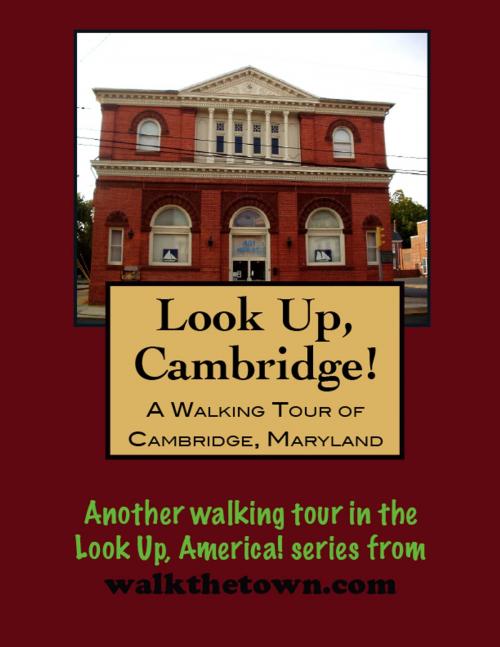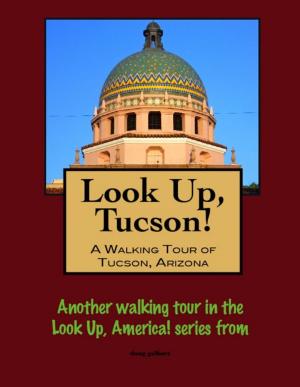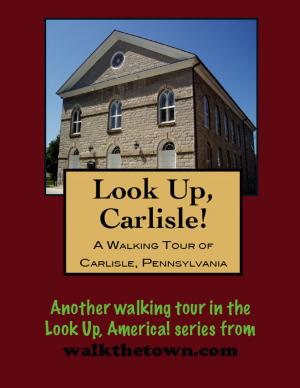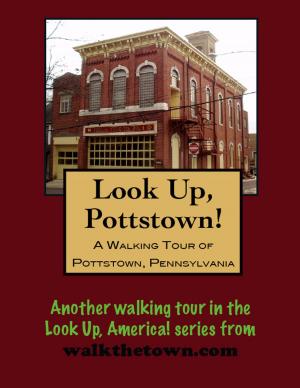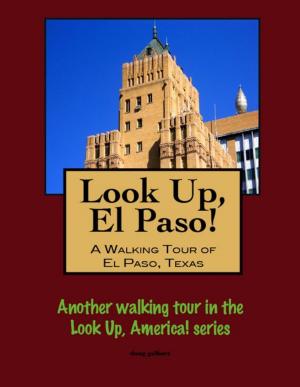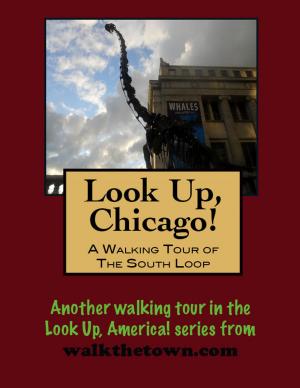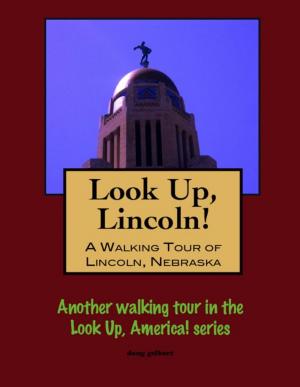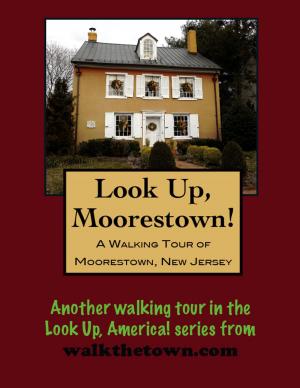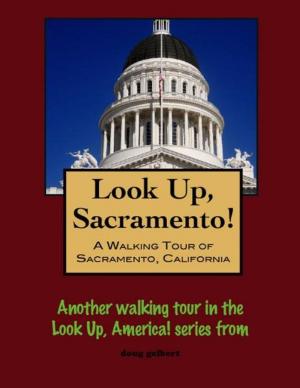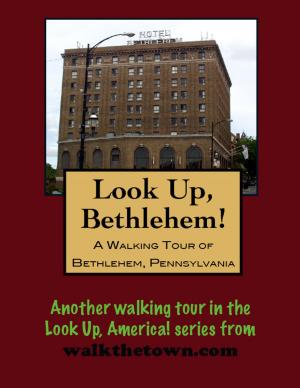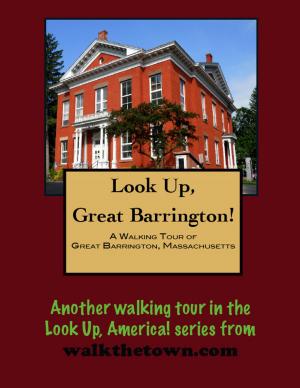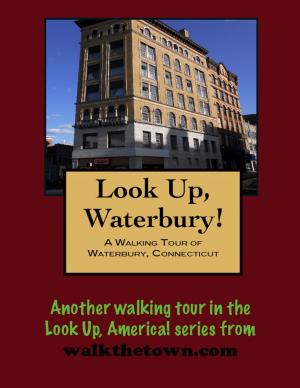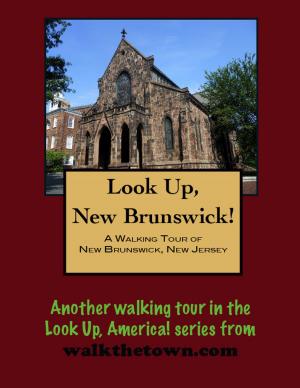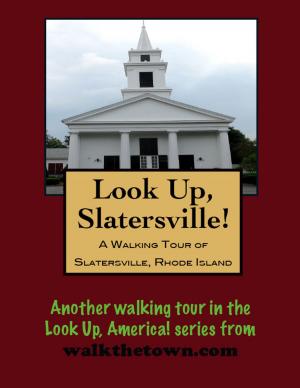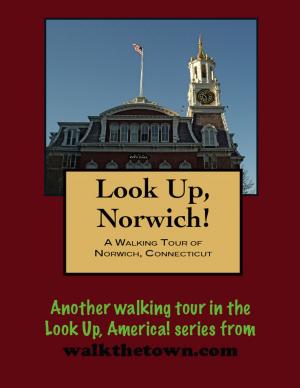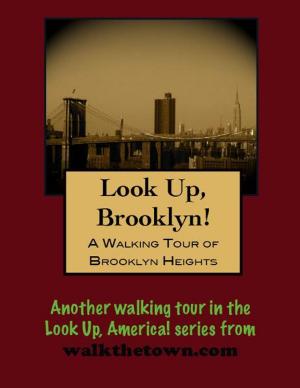| Author: | Doug Gelbert | ISBN: | 9781458031839 |
| Publisher: | Doug Gelbert | Publication: | March 3, 2011 |
| Imprint: | Smashwords Edition | Language: | English |
| Author: | Doug Gelbert |
| ISBN: | 9781458031839 |
| Publisher: | Doug Gelbert |
| Publication: | March 3, 2011 |
| Imprint: | Smashwords Edition |
| Language: | English |
There is no better way to see America than on foot. And there is no better way to appreciate what you are looking at than with a walking tour. This walking tour of Cambridge, Maryland is ready to explore when you are. Each walking tour describes historical, architectural landmarks, cultural sites and ecclesiastic touchstones and provides step-by-step directions.
Every tour also includes a quick primer on identifying architectural styles seen on American streets.
Cambridge, the county seat of Dorchester County and the fourth largest town on the Eastern Shore, is one of Maryland’s oldest, settled in April of 1684. Located on the Choptank River, the land that was to become Cambridge was part of the Choptank Indian Reservation. In the early 1700s the town prospered from trade in tobacco, seafood, and muskrat.
The town incorporated in 1794 and was an area of growth due to the completion of the Dorchester and Delaware Railroad and a growing oyster and manufacturing industry. By the mid-1800’s the first large manufacturing industry was located on the east side of Cambridge Creek. Large lumber and flour mills supplied timber to the Central Pacific Railroad for building rail cars, in addition to packing thousands of barrels of flour. This lead to the building of large coastal vessels. made from local pine and oak, on Cambridge Creek. Skipjacks, bugeyes, and log canoes were just a few vessels that local builders developed, in order to meet the needs of those who worked and traded on the Chesapeake Bay.
The Choptank is home to some of the finest oyster grounds in the Chesapeake Bay where sailing skipjacks and hand-tongers still dredge for oysters. Oystering became so profitable that laws were passed restricting dredging of oysters in Dorchester waters to only citizens of Dorchester County. The Oyster Navy was armed to guard the oyster beds from poaching by residents of nearby Somerset County, Baltimore City, Philadelphia, and New Jersey. Conflicts resulted in at least one death.
This prosperity led Cambridge to become the home of governors, lawyers, and landowners. Their beautiful homes line High Street, Water Street, Mill Street, and Hambrooks Boulevard. The most famous resident, however, was Sharpshooter Annie Oakley who built her house at 28 Bellevue Avenue, on Hambrooks Bay. The roofline was altered so Oakley could step outside her second-story windows and shoot waterfowl coming in over the bay.
Our walking tour will start on the banks of the Choptank River and walk down the street that James Michener used as a model for his sprawling novel Chesapeake into the heart of the Cambridge historic district that was so designated in 1990...
There is no better way to see America than on foot. And there is no better way to appreciate what you are looking at than with a walking tour. This walking tour of Cambridge, Maryland is ready to explore when you are. Each walking tour describes historical, architectural landmarks, cultural sites and ecclesiastic touchstones and provides step-by-step directions.
Every tour also includes a quick primer on identifying architectural styles seen on American streets.
Cambridge, the county seat of Dorchester County and the fourth largest town on the Eastern Shore, is one of Maryland’s oldest, settled in April of 1684. Located on the Choptank River, the land that was to become Cambridge was part of the Choptank Indian Reservation. In the early 1700s the town prospered from trade in tobacco, seafood, and muskrat.
The town incorporated in 1794 and was an area of growth due to the completion of the Dorchester and Delaware Railroad and a growing oyster and manufacturing industry. By the mid-1800’s the first large manufacturing industry was located on the east side of Cambridge Creek. Large lumber and flour mills supplied timber to the Central Pacific Railroad for building rail cars, in addition to packing thousands of barrels of flour. This lead to the building of large coastal vessels. made from local pine and oak, on Cambridge Creek. Skipjacks, bugeyes, and log canoes were just a few vessels that local builders developed, in order to meet the needs of those who worked and traded on the Chesapeake Bay.
The Choptank is home to some of the finest oyster grounds in the Chesapeake Bay where sailing skipjacks and hand-tongers still dredge for oysters. Oystering became so profitable that laws were passed restricting dredging of oysters in Dorchester waters to only citizens of Dorchester County. The Oyster Navy was armed to guard the oyster beds from poaching by residents of nearby Somerset County, Baltimore City, Philadelphia, and New Jersey. Conflicts resulted in at least one death.
This prosperity led Cambridge to become the home of governors, lawyers, and landowners. Their beautiful homes line High Street, Water Street, Mill Street, and Hambrooks Boulevard. The most famous resident, however, was Sharpshooter Annie Oakley who built her house at 28 Bellevue Avenue, on Hambrooks Bay. The roofline was altered so Oakley could step outside her second-story windows and shoot waterfowl coming in over the bay.
Our walking tour will start on the banks of the Choptank River and walk down the street that James Michener used as a model for his sprawling novel Chesapeake into the heart of the Cambridge historic district that was so designated in 1990...
